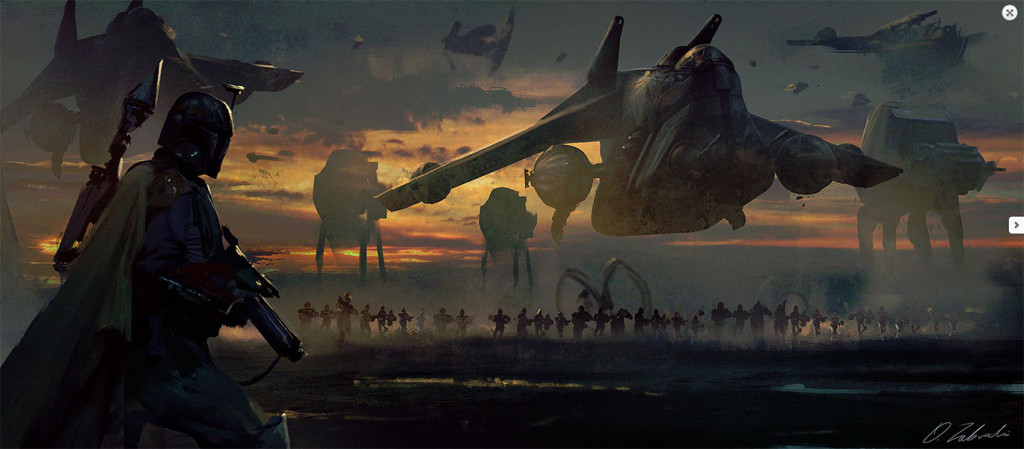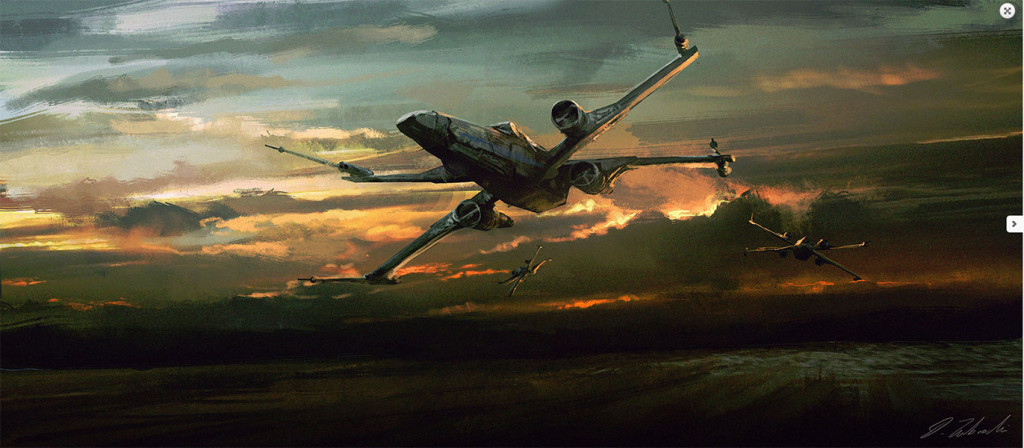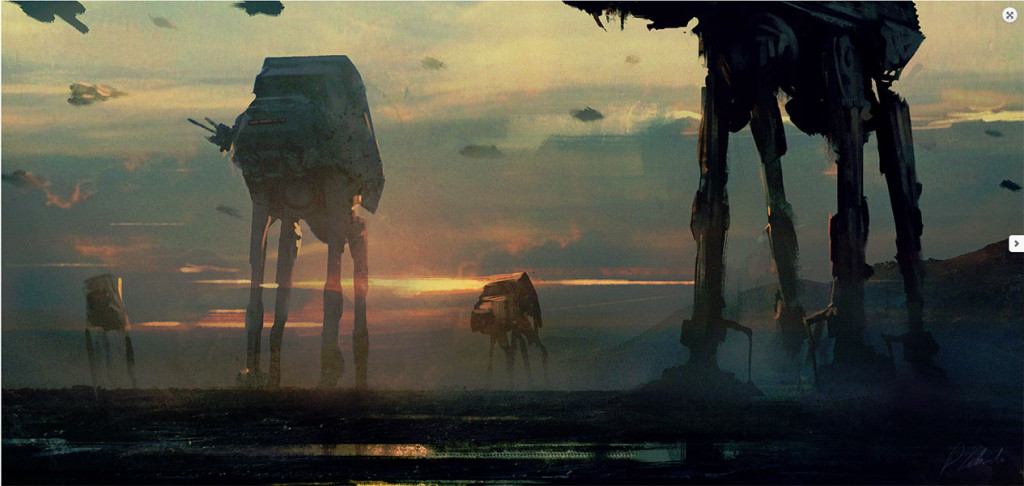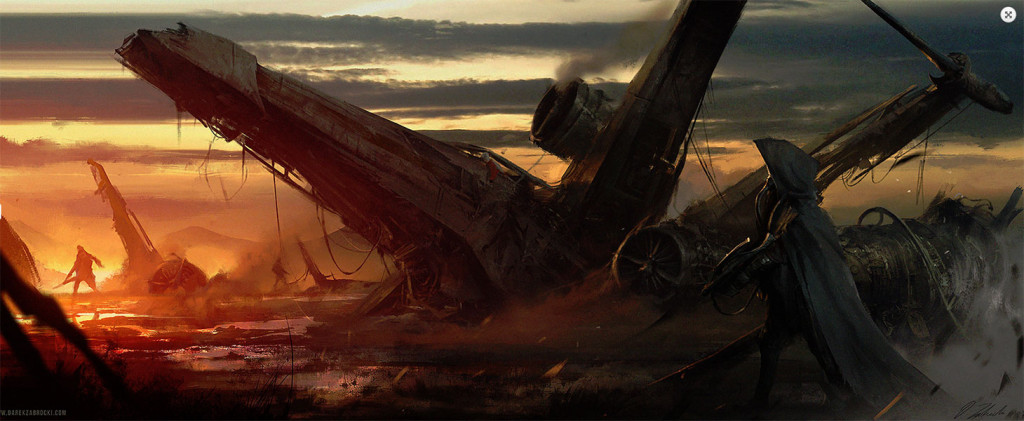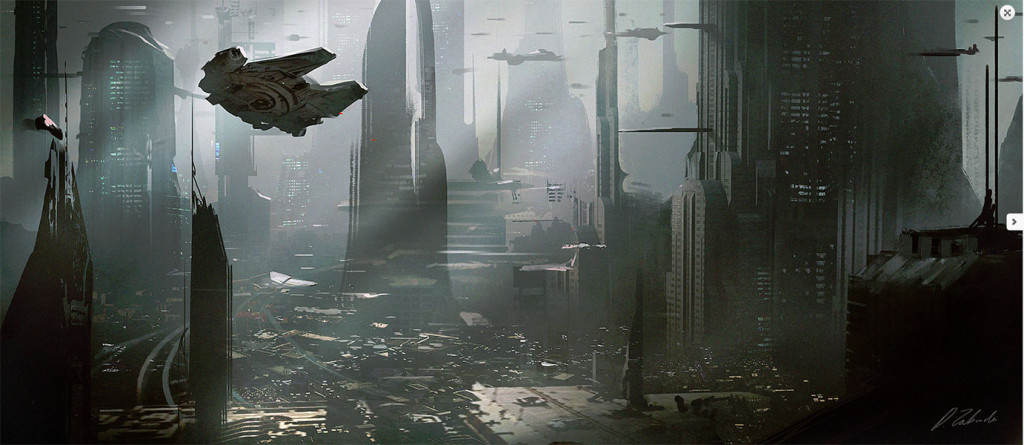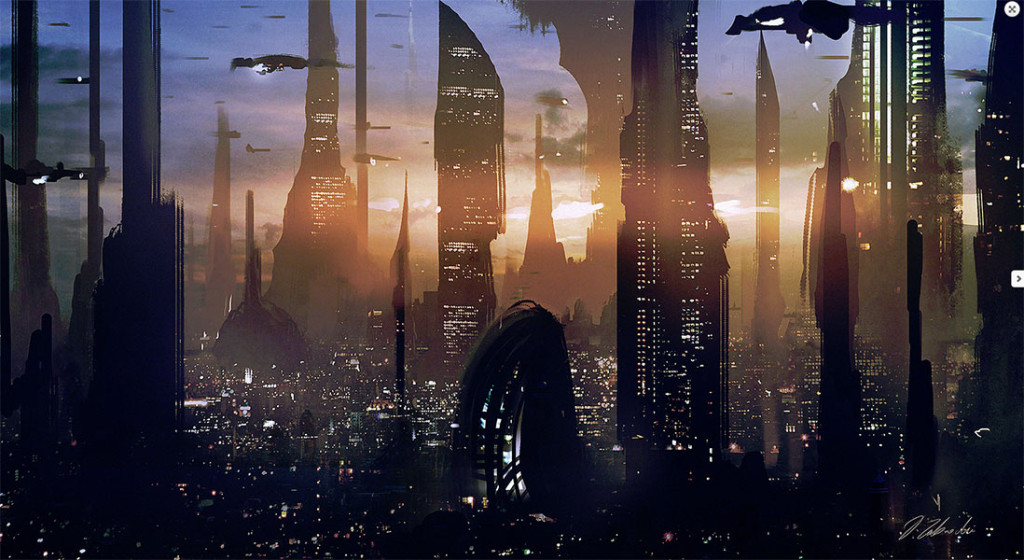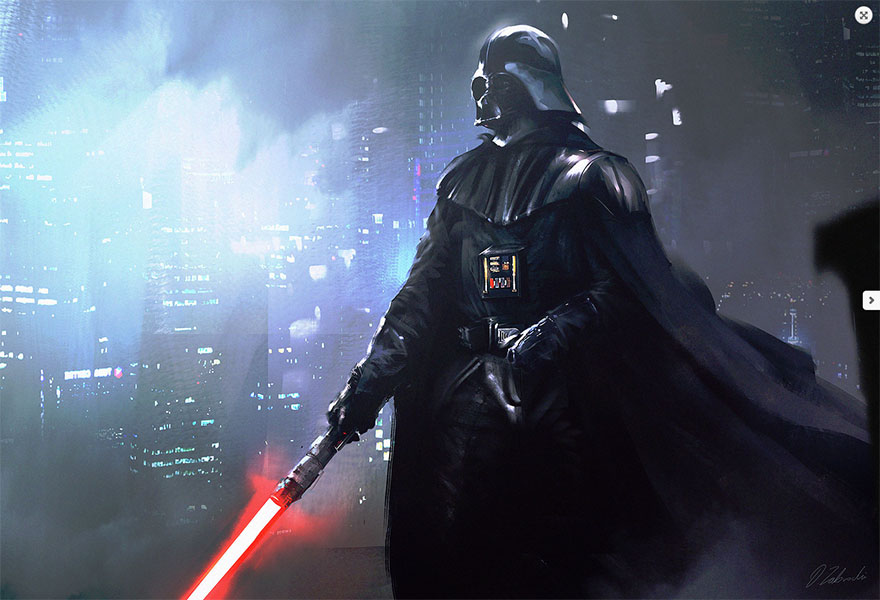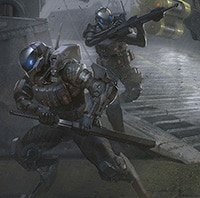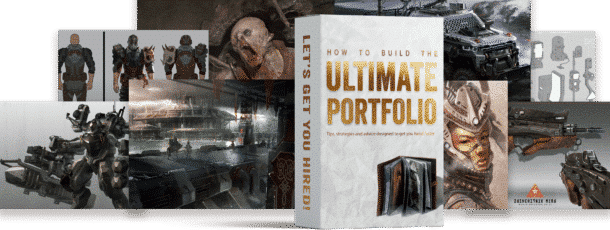DAREK ZABROCKI IS A PROFESSIONAL CONCEPT ARTIST AND ILLUSTRATOR WITH OVER A DECADE OF EXPERIENCE WORKING IN THE VIDEO GAMES INDUSTRY.
Portfolio: www.darekzabrocki.com
Facebook: http://www.facebook.com/darek.zabrocki91
Instagram: http://instagram.com/darekzabrocki
Darek Zabrocki’s current portfolio examples:
If you haven’t already, be sure to check out Part one of this interview, where we asked him specific questions about what it’s like to be a concept artist in the entertainment industry, dispel a few common misconceptions that aspiring artists tend to have about the field, and discuss his educational background. Here, in part two of this interview, we ask Darek Zabrocki specific questions about building his portfolio, marketing himself in the industry and more. Here’s what Darek Zabrocki had to say:
HOW VALUABLE WILL GETTING AN EDUCATION FROM A UNIVERSITY OR COLLEGE BE FOR ASPIRING ARTISTS WHO WANT TO BREAK INTO THE ENTERTAINMENT INDUSTRY? SHOULD THEY ATTEND A REGULAR SCHOOL WITH A LIBERAL ARTS PROGRAM? A 4 YEAR ART SCHOOL? OR JOB SPECIFIC TRADE SCHOOL (LIKE GNOMON, CONCEPT DESIGN ACADEMY, FZD, ETC). OTHER?
I think today’s educational market is really rich and people who can’t afford high quality school like FZD are still able to find all the indispensable knowledge online.
Many great artists have podcasts or release a series of free tutorials on youtube. Free platforms like Level Up! or cheap tutorials from top artists of our industry allow the individual to choose their own education. It depends on the student. If I had the chance to attend a high quality concept art school, then I would, but back when I starting out there was only Gnomon School- which was way beyond what I could afford.
WERE YOU DISCIPLINED AND/OR FOCUSED IN SCHOOL? WHAT WAS YOUR ROUTINE? HOW MUCH TIME DID YOU SPEND ON YOUR HOMEWORK VS. SOCIALIZING?
Since I am a self taught I realized that the most important thing to do is to learn and have fun in the same time. It’s hard to learn a new discipline but, if you don’t want to do it -then DON’T. If you are serious about becoming a professional artist, then you need to be sitting at your desk sketching instead of hanging out with your friends. Focus and keep at it!
I was trying to find an inspiration in everything. I love exploring new things so I was watching documentaries (and still do) and reading a lot. I tried to mix doing my personal pictures with some studies, but the biggest boost was doing daily speed paintings.. There is a group on Facebook focused on daily subjects that you have 30 minutes to make some picture suitable to the given subjects. I was doing them like a psycho for a year and it was the best exercise and level booster ever. Furthermore, I naturally found a lot of motivation in myself, I think because of my personality, but there were times when I had a lot of hard moments in my life. In fact,I almost gave up on trying to break into the industry, but every time I saw some epic work online I was reminded of how much drawing excitements me. I finally decided to stop making excuses and committed my soul to it.
BESIDES THE FUNDAMENTAL ART CLASSES (PERSPECTIVE, ANATOMY, COLOR THEORY, ETC.), WHAT CLASSES DO YOU THINK STUDENTS SHOULD TAKE IN COLLEGE?
I am always one of those guys who think that versatility is very important so the more you know the better it is for you. Besides the basics that every aspiring professional should have, you can focus on environment, character design and vehicle design in the same time. You can be of course a master in one of those subjects but the basics are the most important to start with.
DID YOU HAVE ANY OUTSIDE HELP PUSHING YOU ALONG WITH YOUR TRAINING? FROM A MENTOR, PASSIONATE TEACHER? FAMILY? FELLOW STUDENT?
My mother was always the one who believed in me the most. I had some breaks when I was younger and I just completely stopped drawing for quite a while and she tried to find some inspiration for me. Something, that could gave me back the excitement that I felt I lost. Basically she knew she can’t let me stop doing this haha. She has also amazing knowledge of perspective, colors and has a good eye to catch all my mistakes haha. She studied and graduated with master degree as an Architect. Basically, she is awesome person and the way she motivates me is just a gold J
WHAT ARE YOUR LIST OF DOS AND DON’TS TO BUILDING A STRONG PORTFOLIO?
- Have examples of strong and interesting lighting ( You don’t need to exaggerate with super complex lighting, but I would recommend trying to find some interesting lighting conditions, or a play of light and shadows, or have partly lit objects, etc.).
- Show your designing abilities. Don’t forget about the believe-ability and functionality of your designs. Try to find interesting ways to present your ideas. For instance: instead of doing cliché landscape environment with only mountains and sky; add some architectural objects and tell the story and function of them.
- If you have lack of skills in something (like a poor understanding of anatomy), then don’t expose it! It’s better to hide your weaknesses in your pictures/designs and study it on side rather than exposing it to your potential client and audience.
- Find a way to attract your desired audience. Whether it is your brush work, design sensibilities or color choices; try to find something that reflects your style. DO NOT COPY your idols, I would recommend just taking the best things from people who inspire you and blend it/mix in your own way which makes your pictures much more unique and YOURS instead of “Oh amazing work, another Mulllins”.
IF YOU COULD GO BACK AND RE-EVALUATE YOUR OWN GRADUATING PORTFOLIO, HOW WOULD YOU DO? WHAT DO YOU THINK MADE YOUR PORTFOLIO STAND OUT? WHAT COULD HAVE BEEN DONE BETTER?
I think I started with a portfolio focused more on illustration and on execution in the past. Around 2008-2009 I was putting a lot of effort into making beautifully rendered pictures rather than interesting ones. I didn’t understand at the time, that having an interesting image was more important when doing conceptual work than having a beautifully rendered one. Even illustrations I do these days for companies like Magic the Gathering, require a lot of redesign of ideas rather than just producing a high quality painting.
That said, I don’t regret the work I did for my portfolio in the past. I think my understanding came with time and my awareness was built on my experience which I really appreciate.
This concludes Part 2 of our interview with Darek Zabrocki. In Part three, we discuss with Darek how he marketed himself, how he landed his first job and more. All images used with permission by the artist. ©Darek Zabrocki.

